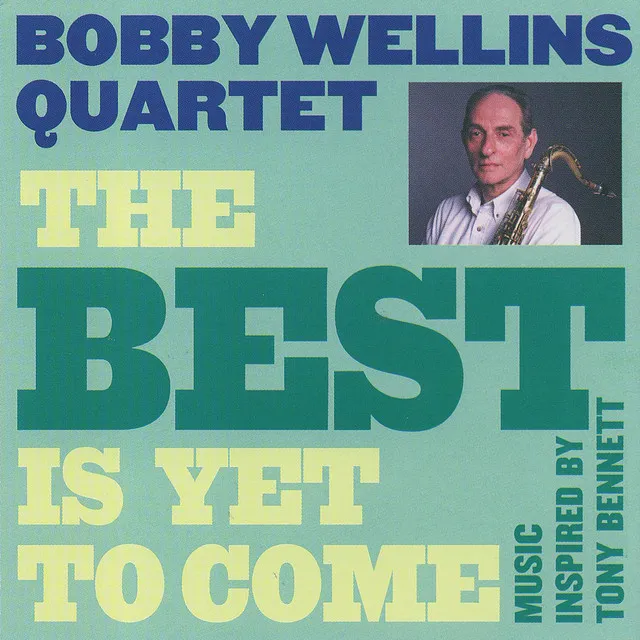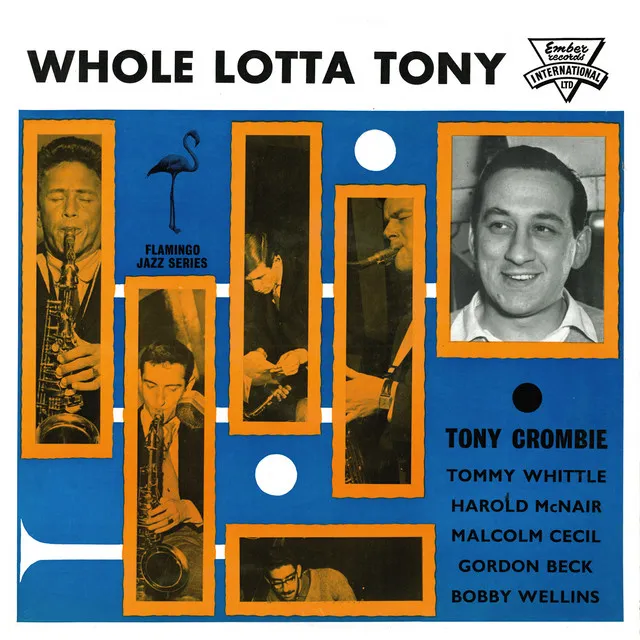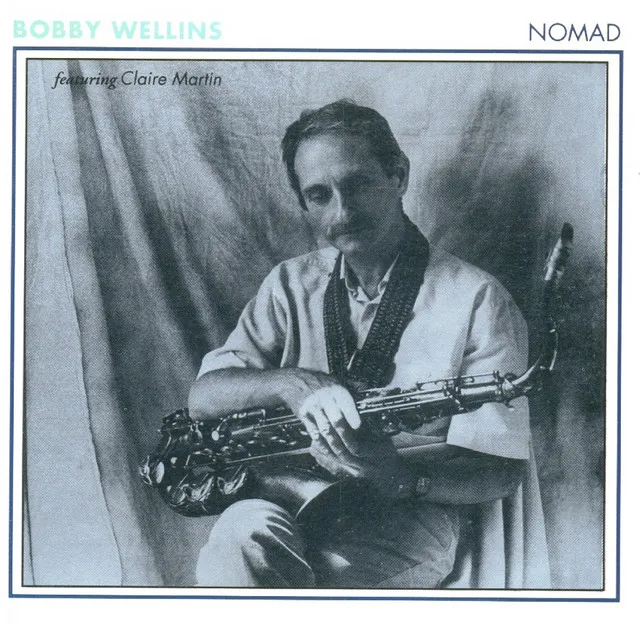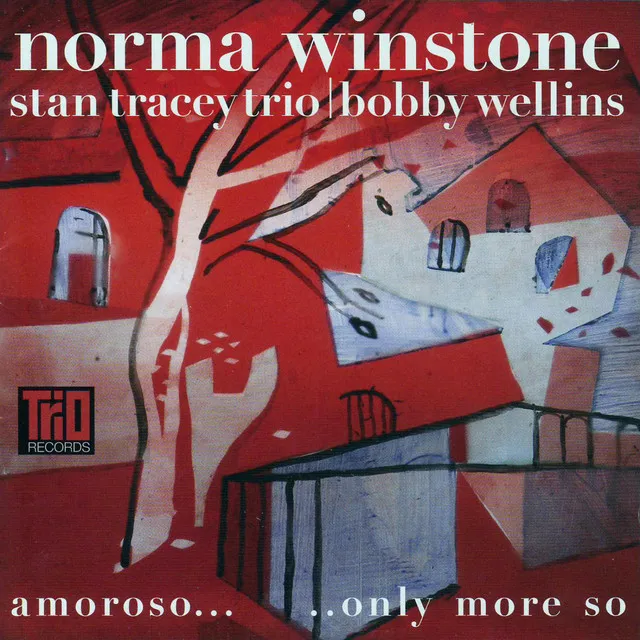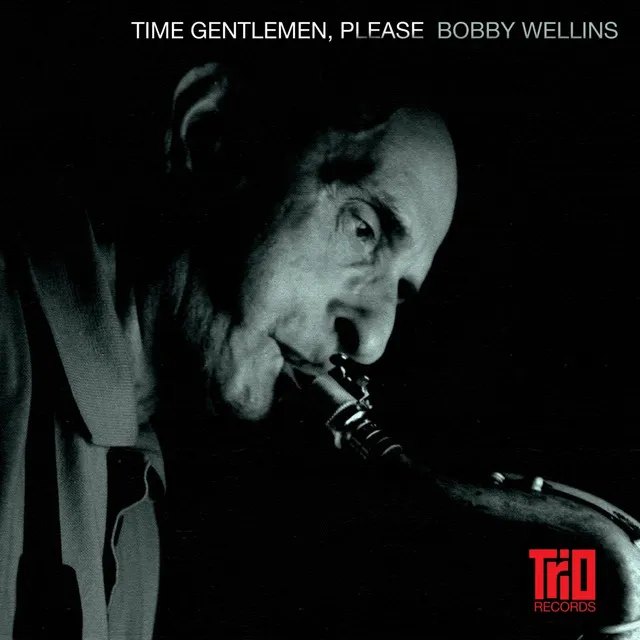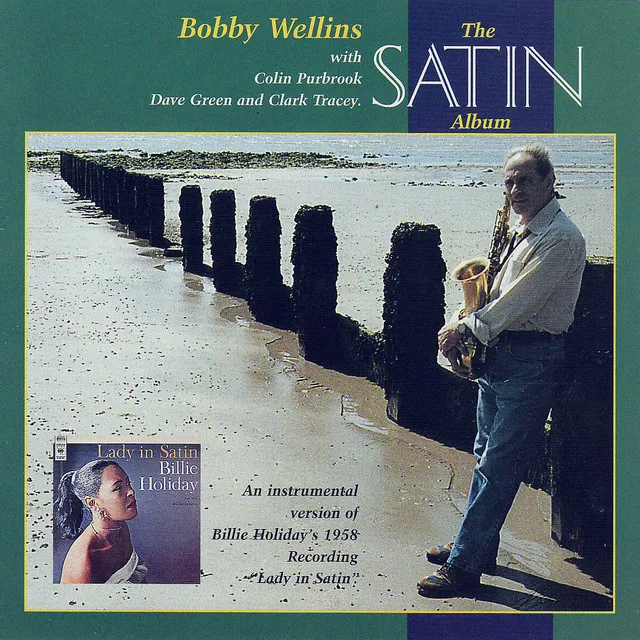This Scottish jazz saxophonist was born Robert Coull Wellins to a father who played saxophone and clarinet, and a mother who sang. The couple performed professionally, and had appeared in the Sammy Miller show band, as well as doing shows as a duo. Wellins' father started him on lessons on alto saxophone when he was 12; the lessons including a complete round of music theory which naturally involved learning some piano. He studied at Chichester College of Further Education, including keyboard harmony, and continued at the RAF School of Music in Uxbridge where he began clarinet. Upon graduating, Wellins entered the world of so-called palais bands, including stints with British show-band vets Malcolm Mitchell and Vic Lewis. The latter leader took his whole band on an ocean liner to New York, where Wellins had the thrill of running into his idol, the great tenor saxophonist Lester Young.
Wellin's recording career kicked off in 1956 when he joined the piano-less Buddy Featherstonhaugh quintet, also featuring the young Kenny Wheeler on trumpet, who eventually became one of England's most well-known jazz players. The experience in this band consolidated Wellins' decision to concentrate on tenor saxophone. In the early '60s, he was hired by bandleader Tony Crombie for his latest band, beginning what would be a long association between Wellins and the influential British pianist Stan Tracey. The positive creative energy extended beyond whatever band they were in, leading to ambitious co-operative productions. The "Culloden Moor Suite" was Wellins' first major extended composition, written for and performed in this period by the New Departures Quartet supplemented by a 14-piece orchestra. The suite was recorded in 1964, and the following year the Tracey quartet recorded a suite of pieces inspired by Dylan Thomas' Under Milk Wood. Three decades later this record was remembered fondly, picked repeatedly in jazz magazines as an all-time favorite of British jazz.
In the '70s, Wellins began concentrating on his own groups, usually a quartet formation. He began recording as a leader, which he continued to do regularly excepting the types of gaps that seem to occur in the careers of every jazz musician. Further collaborations with Tracey took place in the '80s, along with a very special recording project including the wonderful jazz trombonist Jimmy Knepper, whose projects were unfortunately few and far between after his former boss Charles Mingus smacked him in the mouth and messed up his trombone embouchure permanently. The oversize coach overflowing with liquor and musicians that is known as the Charlie Watts big band of course dropped by and picked up Wellins, who appears amongst the throngs of players on the 1986 release Live at Fulham Town Hall. In the '90s, the saxophonist released some of his most well-received work to date, and was planning a collection of music associated with premier saloon singer Tony Bennett for the early 2000s. He also has developed a flair for the intricate and oddball music of Thelonios Monk, performing it in several repertoire groups. His influence and importance to several generations of British jazz musicians and improvisers is obvious just by checking out how many of them mention him as either an influence, collaborator, teacher -- or all three. ~ Eugene Chadbourne, Rovi
